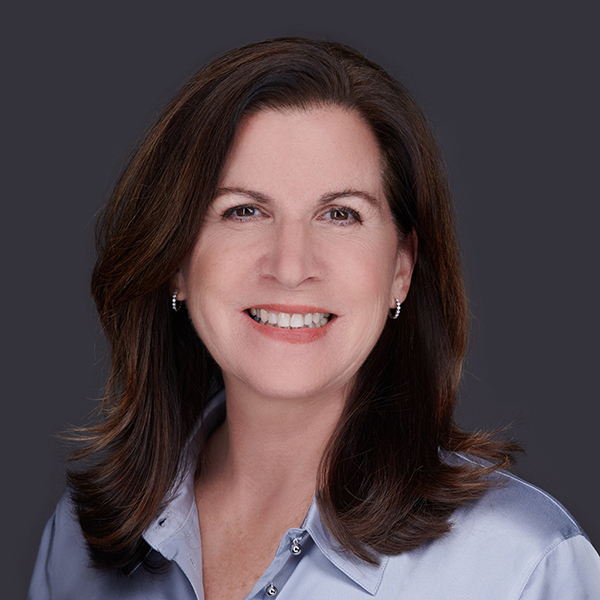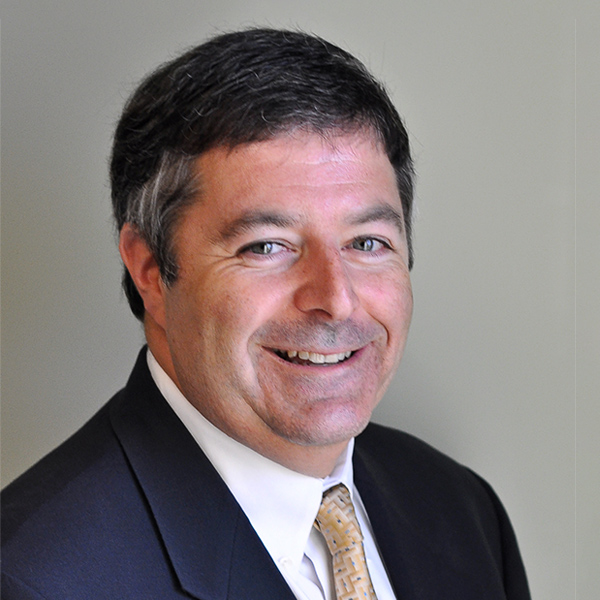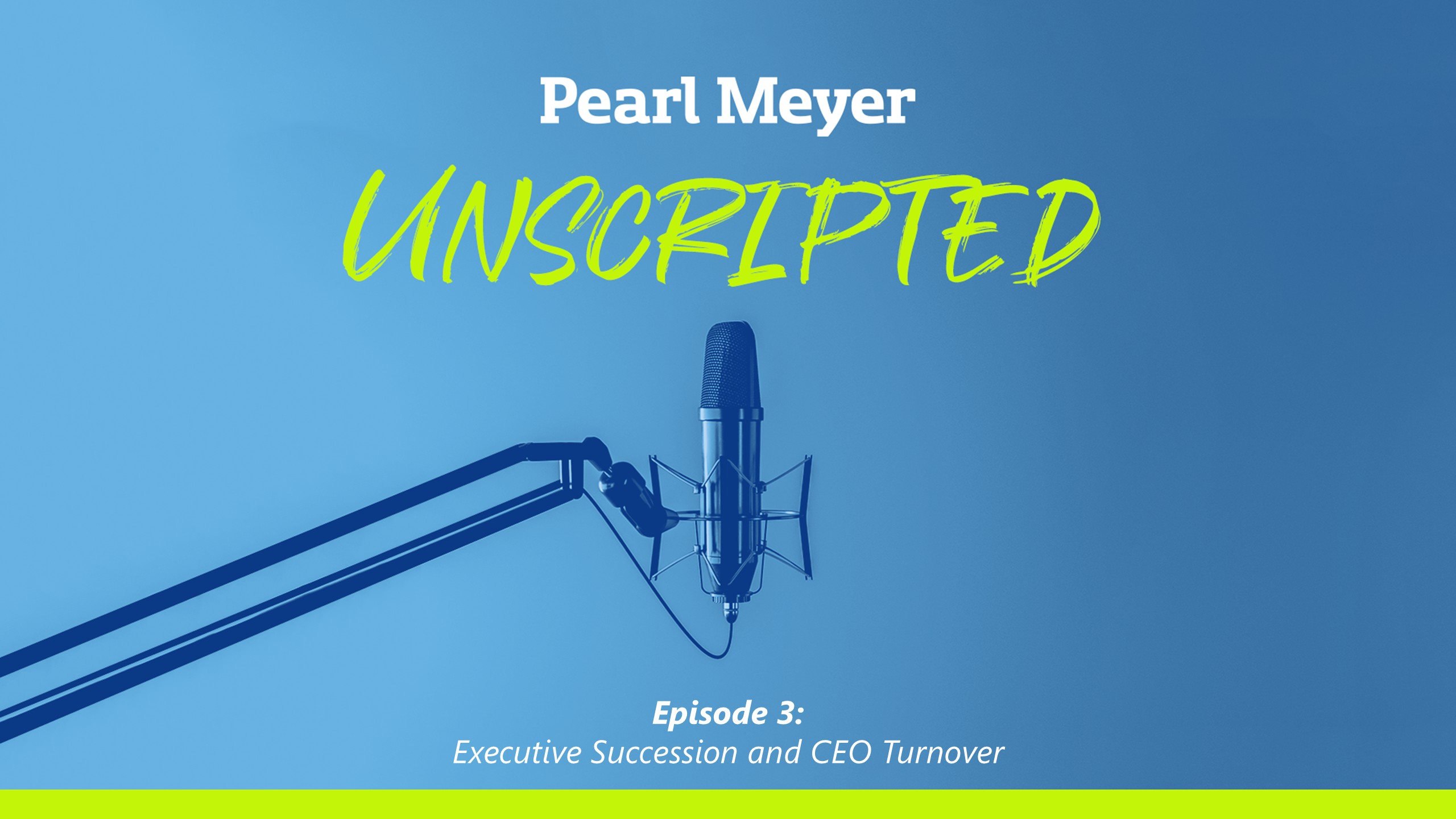
Podcast | Sep 2025 | The Pearl Meyer Unscripted Podcast
Executive Succession and CEO Turnover
S2 Ep3: Succession planning and CEO turnover are increasingly common agenda items for the Comp Committee this fall.
Transcript
Jake: Is being a CEO today more challenging than it's ever been before? Succession planning and CEO turnover are increasingly common agenda items for the Comp Committee, and they are the focus of our latest Unscripted episode today.
I'm Jake George, CMO at Pearl Meyer and my colleagues Mark Rosen and Aalap Shah are discussing hot topics likely to be on the minds of Comp Committee members heading into the fall meeting season. Today, they're joined by our colleague and leadership expert Susan Sandlund to get a better understanding of why succession planning has become so prevalent on the Comp Committee agenda. Let's listen in...
Aalap: Hey Mark, I have a question for you. I'm mocking up a committee calendar for review and I'm trying put succession planning in its proper section in the review. Is there some place where you typically put it?
Mark: Wow, are you like talking to my committees? Because I've had that come up twice in the last two weeks. I've been thinking about the same thing and you know rather than us trying to figure this out, I've asked Susan Sandlund to come and visit with us. Susan heads our leadership practice and does an awful lot of this work. So, Susan, welcome.
Susan: Thank you, Mark.
Aalap: Hey Susan.
Susan: How are you guys?
Mark: Great, you know, Aalap and I have been talking and as we're getting ready for our fall committee meetings, I thought it would be a good idea to bring you in and just help us understand why is it that committees are asking about this and why is it so important. Maybe you could help us just think it through.
Susan: Sure. Well, when you look at the board of directors, I mean, to be honest, the most important decision they will make is about choosing the next CEO. Now, succession more broadly is something that is also entering the boardroom more readily, but in particular, let's just start with CEO succession planning. And to be honest, there's a lot of activity there right now. And I am personally seeing much more chatter about it in boardrooms, much more written about in different medias. Obviously activism has entered the game, so it's a hot topic.
Aalap: And so Susan on that, I mean, definitely does seem to be a hot topic that the boards are talking about. But more of philosophical question, is it harder to be a CEO now than it used to be?
Susan: I would say yes. And I would say yes for a couple different reasons. First and foremost, the role of CEO has been steadily getting more complex, I'd say over the last 10-15 years. And it's kind of hit a point where, you know, level of change is constant. Geopolitical issues are becoming greater. Pressure from investment community areas is high. Activists are getting more involved. Put it all together, you have CEOs who are constantly on the move, constantly having to perform at a level that has never been seen before. And CEO burnout is happening more frequently as a result.
So, I literally just got off the phone with a set of directors from a board and they were talking about their CEO getting irritable with them, getting short. And they were saying, you know, we know he's under a lot of pressure and we finally suggested that he needed to bring in some additional talent because he literally was shouldering everything himself and it's too much for a human being. So, there is this question of, you know, yeah, it's getting harder. It's getting harder, there's a lot of pressure, there are only so many transformations you can lead and successfully execute. And at some point, some of the most mature, self-aware CEOs know when they've hit their limit and they'd like to step out of it. So yes, it's getting tougher.
Aalap: Yeah, I mean, definitely the data seems to indicate that the tenure, the average tenure, is decreasing as well. I've seen various reports, but anywhere from a 20%-30% decline in average tenure. Is that something that you're seeing as well?
Susan: Yes indeed. It used to be average CEO was around 8-10 years. Now it's more like 6-7. In some cases with the Fortune 200 it's more like 5. So yes, it's happening faster. And so when you think about that, if it's happening faster, boards have to be so much more on this. They have to be much more forward-leaning as far as thinking about the future. You can't just say, “oh yeah, we've selected our CEO” and we can tune out on this whole idea of even looking at succession. Because guess what? If you don't plant the seeds early, you're not going to be ready five years from now. So boards have to be really awake on this one right now. And they are starting to lean in more, I'm seeing.
Mark: So what does a good process look like?
Susan: Well, based on what I was just talking about, I always say, day one. Day one of a new CEO's tenure, the board should be saying, “hey, let's start talking about planting the seeds for the next CEO to be selected.” And if you’re a smart and experienced CEO, you will know that's a good idea, than say, “wait a minute, I can't believe you're talking to me about this, I just became CEO.” You got to wake up and realize, no, it's their job as a board and the board sometimes, by the way, can be the ones to say it's too early, we shouldn't be looking for CEO, it's just too early. It's really never too early. It's all about seeding the talent.
And going back to the board I was just speaking with before this call, they have not planted the seeds for the next CEO and they're probably looking at a three to five year window now of when the next CEO has to be selected. So, this is the perfect time to maybe bring someone in from the outside. Could be a COO role, could be something, but get somebody else in there so that you have backup talent that could potentially take over when it's time and you have time to develop them. So yeah, it's earlier is better, it's not the end of the world if you know, stuff happens, let's be honest. Like sometimes the CEO says, “I thought I was going to be around for five years. I think I'm out of here in 18 months.” Well, then you've got a different situation and you have to see, can we quickly accelerate the development of some internals or might we have to look outside? You’re in a different situation then. You don't have the luxury of long-term development. That’s reality, that can happen.
Mark: So you're going to get started early. What's the next step? What's the first thing we need to do other than to make sure that people understand we've got to get this done?
Susan: Absolutely. So the full process, let's just take a quick whirlwind tour. I mean, you want your CEO succession process to be based in the business strategy. So you want to make sure you start with that and you involve the board. You involve the board in clarifying what are those requirements for our next CEO that are really based on what this company needs for the future. So you create that profile, if you will, set of competencies. And then you begin to engage with the CEO and the organization on identifying who are those potential candidates that we are going to develop over X years.
And generally the CEO is very much in partnership with the board in this process. You don't want it lopsided. You know, the board leads it, but the CEO needs to be really leaning in. CHRO is often involved helping with planning the development and assessment of potential candidates. And the board needs to be updated quarterly on this, so it should be something that is shared with the board on an ongoing basis.
As you get closer to the time of succession, I say the last couple years, this should be accelerated so that the board is getting much more involved, getting to know these candidates, feeling very comfortable regarding their capabilities and if they might be, the right person to take over the organization and you're constantly going back though to the criteria to make sure, are they fitting this set of criteria that we identified for the future? You may even have to evolve that criteria over time but, you know, grounding your choice in the reality of what you're going to need for the future and ultimately selection and then obviously a really good transition process.
Mark: And so doesn't this fit neatly into the development plans and succession plans for other executives? It's really holistic, it's not just CEO.
Susan: That's right. If you're just doing CEO, you're really being a bit myopic because the truth is you're going to leave a hole if one of these individuals takes over and some may leave the organization. So it's a good idea to be looking at C-suite in general and beyond. That first layer of leadership that reports to the CEO they're often involved in a full development process through this period. Generally, organizations look to the outside to have a third party assess and help develop and coach these individuals through time. And that's helpful because the board then has a partner too that they can look to for objective feedback on these individuals. So yeah, I mean, it's all about building the deeper bench and it shouldn't just be the CEO and comp committees now are even taking it to the next level where it's, “hey, we want to see the top 50 and what do they look like? How are you building for the future?” And it is all about this because things are changing so quickly and we're having to change horses more readily than we did in the past. We better build a bench.
Aalap: When is the right time to talk publicly about that you have a process because what occurs to me is that, this is another breeding ground for activists to get involved if they don't think your company is being governed appropriately by having a strong process.
Susan: That's a good question. In the past, boards and organizations were very reluctant to reveal any information on this topic because they thought it was tipping their hat. These days, it's actually more an indication of good governance. Okay, so to say we have a long-term executive succession process that is looking at the next two CEOs, so it's more of a long-term planning process than it is an immediate, oh we're starting CEO succession and we're, going to be turning over the CEO in 18 months. So activists are actually looking at organizations to see do they actually have a plan? Does it look like they're developing their people?
You're ripe for activism when, let's say you are not growing and you don't appear to have a strong slate of executives to drive the future forward. I've seen examples of companies that we've worked with where that's a vulnerable point and an activist will come in and they want to shake things up because they want to see growth. And guess what? There's no depth in the C-suite and they're like, there isn't an internal candidate here we're going to have to bring somebody in from the outside. Sometimes that is the right thing, by the way, it can be the right thing. But you don't want to go there. You want to plan so that you don't end up in that spot.
Aalap: Yeah, that definitely sounds like a thoughtful thing to do, to broadcast that you are going through a process and that it's not immediate. I think that not only helps externally, but it would also help internally as well in terms of making sure that you have the appropriate retention across the different management teams.
Susan: Exactly. And I would add that the key is to make sure it is a multi-year long-term plan so that it isn't triggering any kind of weird response in the marketplace. So your communication people can get this right, but the point is there's a way to say it and then obviously a way not to say.
Aalap: Yeah, and let me ask you question. I had this happen recently and I was a little surprised by it, but it was actually a good thing. For one of my clients, we had a new CEO come in and one of the very first meetings, he started talking about succession planning and I thought that was very refreshing for him to do that. Obviously, that's not happening with all of my clients. How do you navigate that discomfort of when is the appropriate time to talk about succession planning? And how does the current CEO sort of fit into that process?
Susan: Well, it's funny because I think you look more powerful as a CEO if you're the one who instigates it, you know who says, “hey, I know I'm new, but I also believe that it's super important to build the bench of the future so I want to start now” and engaging the board in a productive discussion about that. If it's a really good sort of forward leaning board, they're going to jump on that. They're going to love it. Some boards are funny.
I've worked with some boards where they literally never want to see the CEO leave because they just love that person and they think they walk on water and they can't imagine anyone can replace them. So they're very reluctant to push too hard on this process and they're very quick to dismiss talent that doesn't look perfect. So you got to watch out for that. You know, it's like this danger zone where we fall in love with our CEO and they can do no wrong. And sometimes they can be truly amazing. So they deserve all this praise but you can't forget your role as a board member, you know, and as a board you should be pushing this. So, if the chair of the board or the lead director or the chair of the nom-gov or comp committee doesn't jump on this right, the CEO should feel comfortable bringing it up. But it really is ultimately the board's purview and it would be best practice if a board member were the ones to bring it up.
Aalap: What's one lesson you've learned from watching CEO transitions up close that you think every board member should remember?
Susan: Well, this is beating a dead horse, but I do think it's start early. We've said this at the get-go. I think it's start early and also remember, no two CEO successions are ever alike. They all have their own uniqueness. But I've never seen someone regret starting the CEO's succession process too early.
Mark: Thanks, Susan. This has been great.
Susan: Thank you. It was fun to talk with you too.
Mark: Talk again soon.
Susan: Bye-Bye.
Aalap: Bye.
Jake: Well that wraps up today's episode, but we have more hot topics to come on the Unscripted Agenda. And Mark and Aalap will be back next week with a new episode, available on Spotify, pearlmeyer.com, or wherever you get your podcasts.
Look for new episodes each Monday afternoon at Pearl Meyer Unscripted, subscribe to our YouTube Channel, and listen on Spotify.



